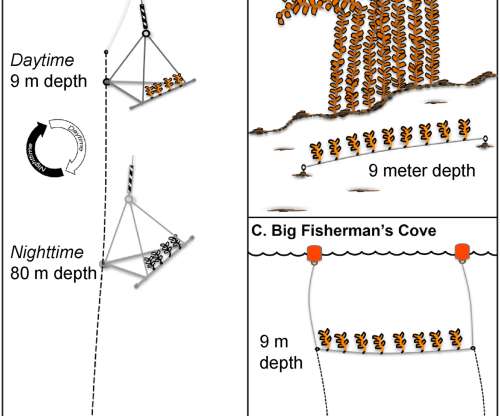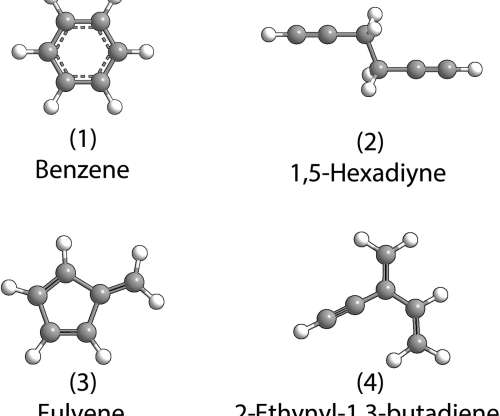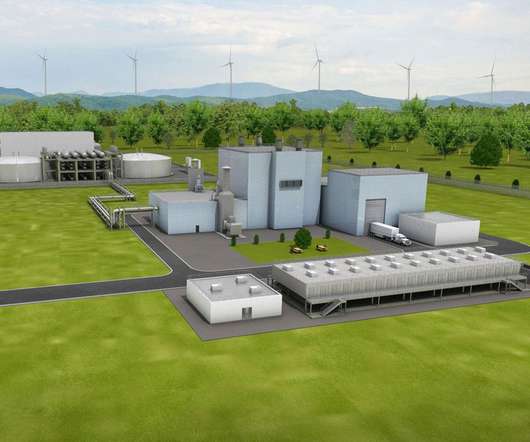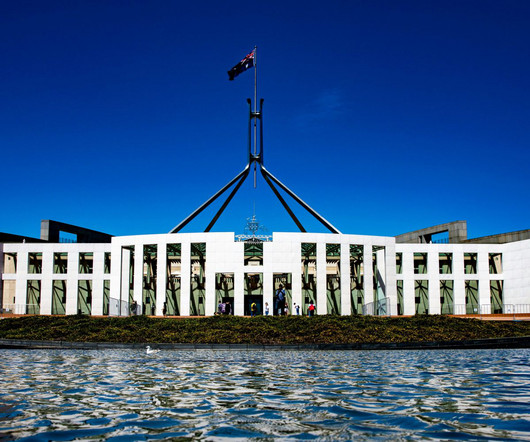USC study shows promising potential for giant-kelp-based biofuel with depth-cycling approach
Green Car Congress
MARCH 3, 2021
physically moving the macroalgae between deep nutrient-rich water at night and shallow depths within the photic zone during the day to optimize growth. 13 C values suggesting that the depth-cycled kelp were not nitrogen-deficient and assimilated nutrients from deep water. The researchers used a depth-cycling approach—i.e.,






















Let's personalize your content